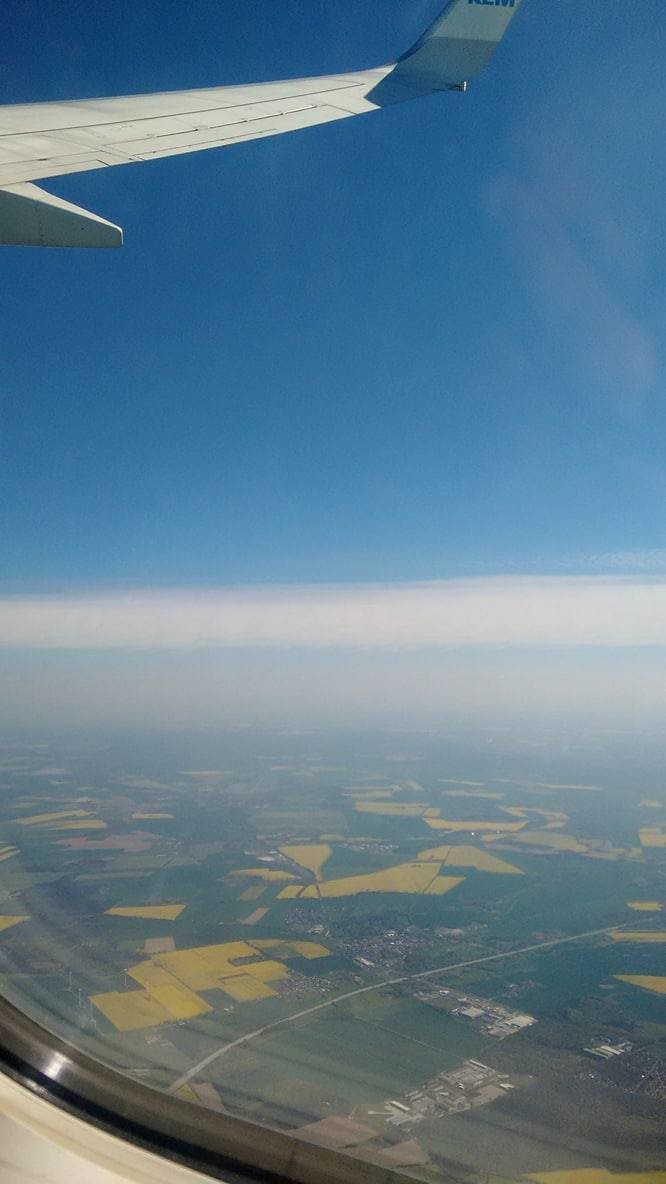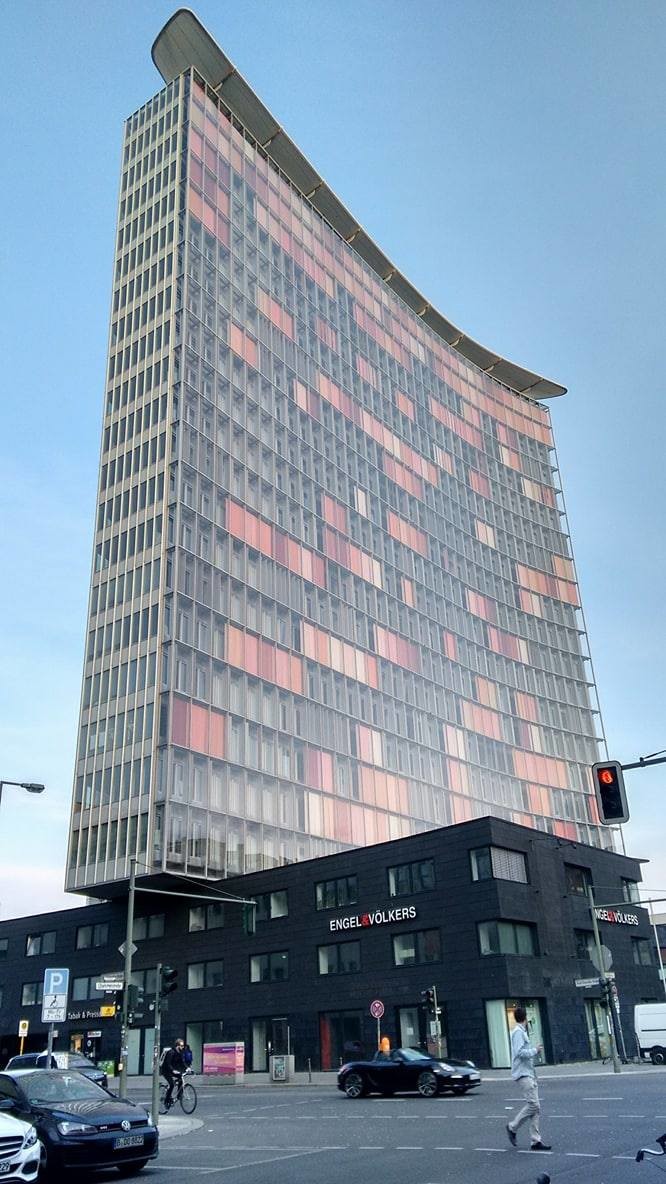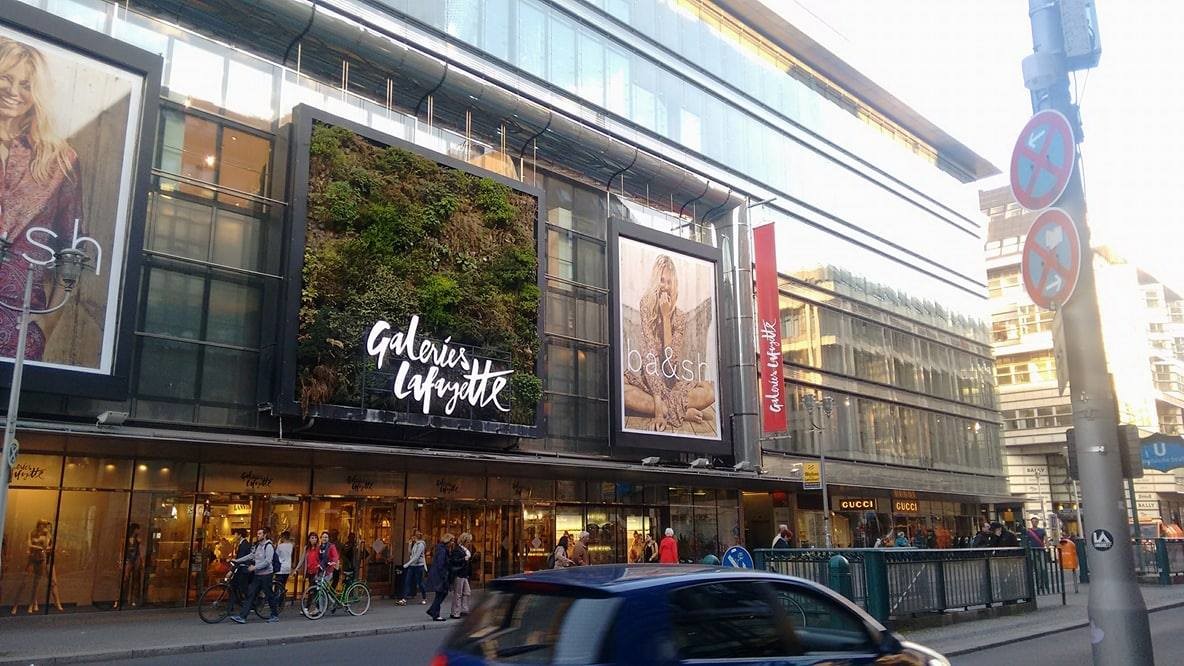Berlin
As a student of ESCP Europe Business School, I got the opportunity to study in two of its six campuses in different semesters. I studied in the Paris and Berlin campuses. Since the minimum duration in each of the campuses is one semester, which is around 4 months, I got to familiarize myself with the cities quite well. Berlin is truly an amazing city. Even though I was there when it was freakishly cold in the winters, I enjoyed my stay and developed a fondness for Berlin.
If you don't know the local language of this country, don't worry. In Berlin, you will not face any problems. During my stay of more than 4 months, I probably had to deal only thrice with people who could not understand English.
The city
The city of Berlin has been divided into eight regions, in terms of administration. These are called:
- Charlottenburg,
- Friedrichshain,
- Kreuzberg,
- Mitte,
- Moabit,
- Neukolln,
- Prenzlauer Berg,
- Schoneberg.
(sorted in the alphabetical order)
History
The history of Berlin has been a very significant part of the history of Germany and Europe since long. After 1945, which marks the end of the unfortunate World War II, Germany was divided into East Germany and West Germany. The Berlin wall's remnants are symbolic of this big event. The current capital of the strong, unified and magnificent Germany was divided into East and West as well. In fact, East Berlin was the capital of East Germany and West Berlin was one of the two capitals of West Germany. The unification of Germany was also marked by the demolition of the wall in the year 1989. If you choose to read about it, you will find that it was a huge event in which thousands of people participated with strong emotions, lot of joy and a huge sense of belongingness. Today, fragments of the wall are an icon of the great and powerful country that Germany is, after making its way to unity.

A part of Berlin as seen during ascent
Transportation in Berlin
There are two airports in Berlin. One of them, the Tegel airport of Berlin will soon be replaced by a new, currently under construction airport. The Tegel airport has been known for its hexagonal shape that makes distance between the aircrafts and the other end of the respective terminus very short and convinient for passengers.
There is a very good network on metro trains within Berlin. It has three zones - A, B and C. Prices are often available for tickets and passes for a combination of zones - like zone AB, ABC etc.
A broad classification between the trains (train is known as bahn in the German language) in Berlin is : U-bahn and S-bahn. The U-bahn is an underground metro system while the S-Bahn is, well, not underground or travels mostly on flyovers. The S-Bahn can also be understood as a suburban train system.
The train/metro system in Berlin seems very well planned. Apart from a network of trains within the city, there is a separate ring of trains whose routes encircle the city. This solves a big problem which many other cities normally face. Due to roughly radial train/metro routes, often a person has to go near the center of the city using one train and then take another one to the destination instead of being able to take a direct train between the 2 adjacent stations. The S-Bahn ring of Berlin solves this problem. There are ten lines in the U-Bahn and fifteen lines in the S-Bahn network.
The trains in the S-bahn ring travel in both directions, one clockwise and the other anti-clockwise.
You can easily notice that the appearance of the trains in these two stations is very different. The U-Bahn trains are predominantly yellow while the S-bahns can be reddish or covered in elaborately colored advertisements.
There are different ticket prices depending on your age, number of stations crossed, zone and validity of the ticket. For example, for almost every ticket, there is a reduced price for kids and there is also a ticket for short journey (3 stops). The most standard ticket is the one that is valid for 2 hours and will allow you to travel in only one direction (so do not miss getting down at your station! ). This ticket is priced at 2. 8 Euros (non-reduced price) for the AB zone and 3. 4 for the ABC zone.
Bus transport : There are numerous buses running in Berlin. The buses are classified into Day Lines, Metro buses and Night buses.
There are two kinds of trams in Berlin- Trams and Metrotrams. The frequency of the Metrotrams is more than that of trams. In total, there are more than twenty tram lines in Berlin.
Not everyone might agree, but the driving practices in Berlin are highly impressive. The lanes are very well defined and the crossroads at times are bigger than any in Paris for example. You might have heard that the Germans are efficient and punctual and it reflects here as well.
Tourism

An unusual building standing tall and alone in a place somewhat near the Charlie Checkpoint as well as the Brandenburg gate.
Berlin has a lot of spots you can visit as a tourist. An amazing part of this is that many of these spots hold great historical significance. Be it the checkpoint Charlie or the remains of the Berlin wall that was brought down as East Germany and West Germany united.
The ancient and beautiful Brandenburg gate is one of the two icons of Berlin, the other being the tall Berlin Tower. The Berlin tower is taller than the Eiffel tower and is a relatively very modern structure. Its name is Fernsehturm Berlin. By buying a ticket, one can reach up to the observatory and enjoy the view of the city.
Apart from these, other notable tourist spots include the Museum Island, the Reichstag building, East side gallery, Charlottenburg palace and some memorials and other attractions.

Picture of a shopping center near the Checkpoint Charlie.
Education
Berlin has top Education institutions. There are reputed universities that provide courses in a truly wide range of fields. Courses in English are fewer than those in German, but there still are many technical courses taught in English. This is why Berlin is among the preferred destination for international students. Engineering, sciences, Business, research - there are experts available to teach you what you wish to learn.
Humboldt University and TU Berlin are the two most well known universities in Berlin whereas ESCP Europe Business School's Berlin campus is the best ranked Business School in Berlin.
Culture
Apart from the festivals, food and other peculiarities, there are some habits quite general in Germany that they can be probably included when discussing the German culture.
I really like the fact that the Germans are honest and to the point. There would hardly be any beating around the bush, be it anything. They will be straightforward and this leads to high efficiency due to time saving. It also leads to less confusion. Of course, not all Germans are the same. Each person is different in Germany as in the rest of the world. But they do share some common traits out of their culture and being honest and straightforward is one of them.
Punctuality is another important aspect to be mentioned here. If not 5 minutes before a certain something is scheduled, they should generally be there on time. There is no evident reason for this as per my observation. It is just one aspect of an overall efficient social system.

Weather
The weather of Berlin during my stay was extremely cold as it was the winter season. Occasionally it went lower than -10. The whole city gets heaped up insnow. While it should not stop you from going out, you must protect yourself well against the cold.
Groceries
Many German stores have leveraged their efficient supply chain mechanism to create cheaper final goods than stores from other countries. Notably, Lidl, Netto Marken and Aldi are discount/cheaper stores. Of course, there are other much better options provided you can spend more. Karstadt would be highly recommended, in that case.
Cost of living
The cost of living in Berlin is pretty comfortable for a major European city. Living in Berlin is much cheaper than living in Munich, Frankfurt or Paris, for example. As you would probably expect, some regions are cheaper than the others, but overall, it is still not overwhelming in terms of cost of living.
Food
Hands down, the most popular food item in Berlin is Currywurst. It is a spicy dish, broadly a sliced sausage with spicy curry. It is so popular that there is even a fork known as "Currywurst fork". Not only this, there is an entire museum dedicated to it! Yes, it is known as the Currywurst Museum (Deutsches Currywurst Museum in German). Other popular foods include Döner Kebab. Yes, not many vegetarian specialties.
Then, of course the German beer is known over the world. The Oktoberfest would be a great place for you if you like to enjoy it with your friends in a festive environment in an interesting Oktoberfest attire.
All in all, Berlin is an amazing city with amazing people, and I would encourage you to stay there as a tourist if not for longer.
Photo gallery
Want to have your own Erasmus blog?
If you are experiencing living abroad, you're an avid traveller or want to promote the city where you live... create your own blog and share your adventures!
I want to create my Erasmus blog! →



















Comments (0 comments)